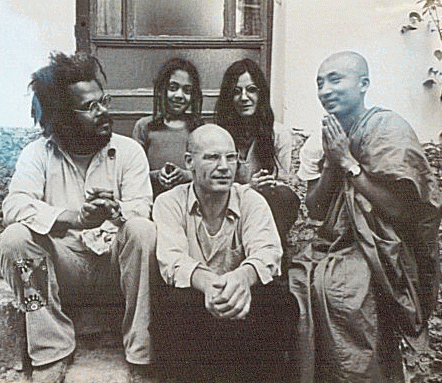Letter from Grothendieck
Posted by John Baez
Alexander Grothendieck was the most visionary and radical mathematician in the second half of the 20th century - at least before he left his home and disappeared one fine day in 1991. For a quick tale of his life, try clicking on his name above. For a longer version, try this:- Allyn Jackson, Comme apellé du néante - as if summoned from the void: the life of Alexandre Grothendieck. Part 1, Part 2.
This newly available document will be interesting to his fans, and also students of n-category theory:
- Alexander Grothendieck, extract of a letter to Ronald Brown dated 09/06/83.
- Ronald Brown, From groups to groupoids: a brief survey.
- Ronald Brown, Higher dimensional group theory.
- Alexander Grothendieck, Pursuing Stacks, available at the Grothendieck Circle website.
- Ronald Brown, The origins of Alexander Grothendieck’s Pursuing Stacks.
His ideas were too far ahead of his time for easy acceptance. Only now are the times catching up!It is all too evident that I am not an expert on homotopy theory, and the books I am writing now on foundational matters are very likely to be looked at as “rubbish” by most experts, unless I show up with π147(S123) as a byproduct (whereas it is for the least doubtful I will…).
According to Ronnie Brown, Pursuing Stacks will be published in Documents Mathématiques, with various correspondence as an appendix, edited by Georges Maltsiniotis. Maltsiniotis and Brown are now editing 69 letters exchanged between Grothendieck and Brown; this one is number 17.
I also hear that Colin McLarty is working on a biography of Grothendieck.
I thank Ronnie Brown for making this letter from Grothendieck available, and also for converting his 1987 paper “From groups to groupoids: a brief survey” into LaTeX.


Re: Letter from Grothendieck
Answers to Grothendieck’s meter question?